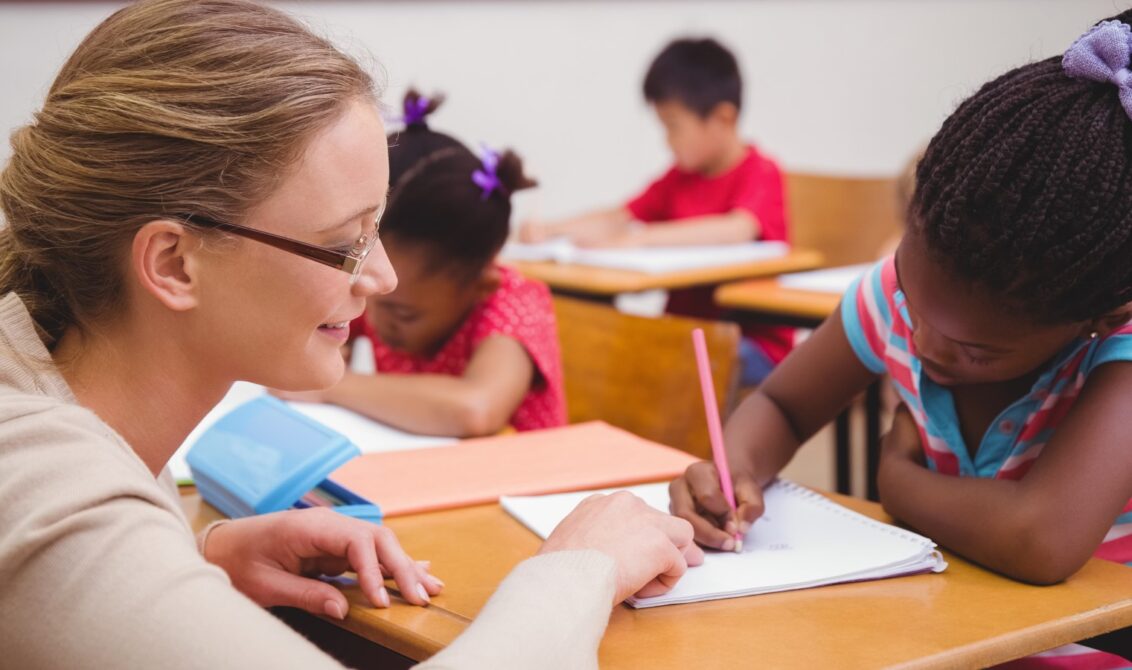
Getting back to school in 2020 has been a bigger challenge than we could ever have predicted. Against the backdrop of the global coronavirus pandemic, the usual preparations for the return of students to classrooms around the world have been overshadowed with social distancing concerns.
This is understandably causing teachers a great deal of stress and anxiety. In fact, in a TES survey conducted before schools reopened, only 38% of the teachers who responded were looking forward to their schools being open. What’s more, only 12% felt that their school was adequately prepared for social distancing when it reopened.
So what steps can you take to reassure your teaching staff and support their wellbeing in the new normal?
1. Define your Covid-19 policies clearly
Uncertainty heightens anxiety, so if you haven’t done so already, it’s a good idea to define your policies clearly. Create an easily accessible COVID-19 document. This should explain in clear language your policies to keep teachers and students as safe as possible. Share this with your teaching staff.
Provide them with context for policy decisions. Share the reasoning behind your policies, whether that is guidance provided by the WHO or your local government rules. This will help to reassure them that you are taking their safety seriously.
Speaking to the BBC, Dr. Taylor, a professor of psychiatry at the University of British Colombia, said that in general, good leadership was crucial in supporting people. “The guidelines need to be clear in people’s minds and that can help to reduce uncertainty, which will reduce anxiety.”
2. Maintain a dialogue with your staff
Keep your teachers in the loop. If there is a positive case among the student body, for example, it’s better that school management inform teachers, rather than staff members hearing about positive cases through the grapevine. If you are open and honest with your teaching staff, they will find it easier to trust your handling of the situation. This leaves them more free to focus on teaching.
It’s also a good idea to create space and time for teachers to share their concerns with you. They might feel worried about a lack of social distancing, or working with vulnerable family members at home. It will help if they feel they can come to you to ask for clarity and guidance about the coronavirus policy or an outbreak within the school.
Equally, it’s important to be responsive to those concerns. You don’t need to have all the answers right away. However, do make the effort to come back to worried staff members once you’ve figured out a response. That way, they will feel that you are listening to them.
3. Be flexible as far as possible
It’s clearly impossible to accommodate every teacher’s preferences. However, you’ll build a lot of goodwill by being flexible where you can.
For example, if you have a teacher with a health condition who would prefer to work from home as much as possible, is it possible to reassign their classes? Could you put them in charge of distance teaching for students who are quarantining? Talk with your administration team to find flexible work solutions.
4. Recognise the added pressure that teachers are under
The ‘new normal’ has created a lot of extra work in schools, not just for senior leaders and cleaning staff but for teachers as well. With social distancing measures in place, it can take longer for students to move around schools. This has an impact on time spent in the classroom. Many teachers will also find themselves preparing work to send home to students who have been exposed to the virus and are quarantining.
What’s more, students are coming back into schools having been out of traditional education for six months. This is sure to have an impact on classroom behaviour. In addition, teachers will be supporting students with their own anxieties about the pandemic. Putting on a brave face and staying positive for students can be draining. It’s important for senior leaders to understand these pressures, and to make allowances accordingly.
5. Adjust your expectations – and be explicit about it
For this term at least, staff and student wellbeing should take priority over academic performance while everyone is adjusting to the new normal. Make sure you reflect this in your (formal and informal) conversations with your teaching staff.
When it comes to staff appraisals, treat them as an opportunity to find out how individual teachers are coping with the pressures of teaching during the pandemic. Streamline administrative work where you can too. This will help take the pressure off teachers as much as possible.
Finally, share your updated expectations for learning and assessment this term with all stakeholders. Explain that your focus is on the physical, mental and emotional wellbeing of your school community.
Further reading
Some international schools have moved to a hybrid model of education as a response to the pandemic. Have a look at our blog on hybrid classes, and read more about the technology which supports hybrid learning. More generally, there are a lot of articles and resources available to help with the challenges of teaching in the time of Covid-19.

